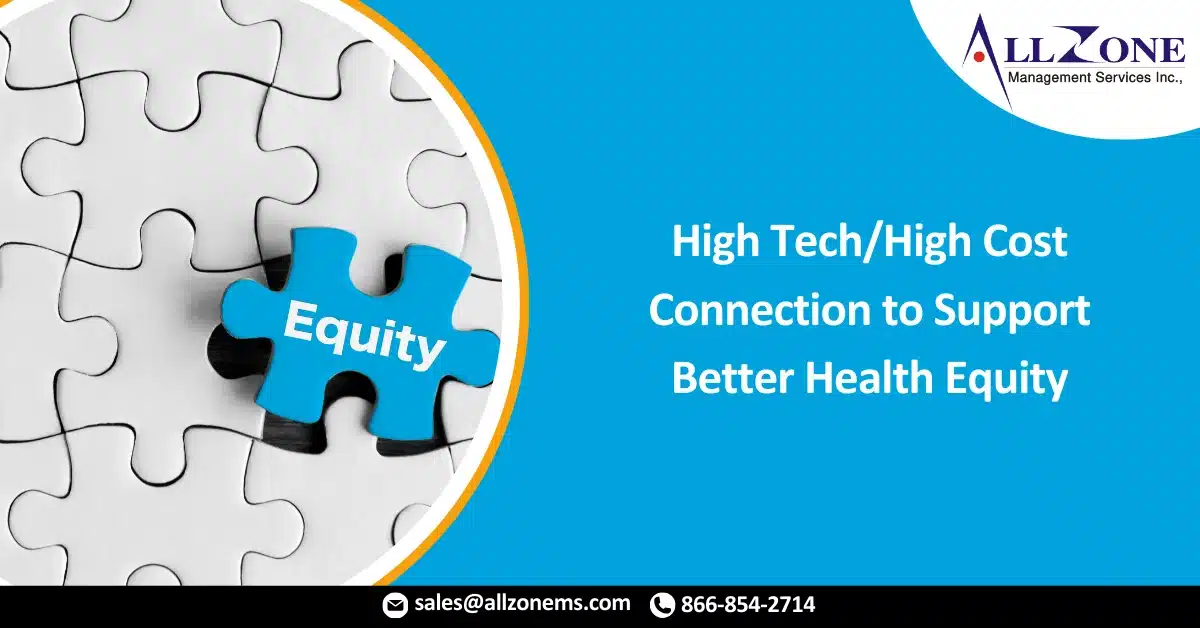Healthcare costs continue to rise in this country. Healthcare spending totaled $3.8 trillion in 2019, $11,582 per person.
In 2028, it projects that spending will rise to $6.2 trillion, or $18,000 per person. These increases are happening at the same time the COVID-19 pandemic revealed systemic inequities in health equity, and how difficult it is for less-advantaged citizens to get quality care.
Technology has driven down costs in many industries, but this has not happened in health care. Due to the monolithic architecture that legacy EHRs have, they limit the adoption of newer technologies because the overhaul required to modernize these systems is not cost effective.
These proprietary systems are hardware centric and don’t take advantage of the platform-as-a-service, capital expenditure to operating expenditure potential of the cloud. Less costly, more flexible solutions would make funds available to focus on improving health equity and efficiencies in service delivery, helping to bridge societal gaps in care delivery.
Technology should lessen the effects of social determinants to health care, due to innovative technologies that today provide more actionable insights. Advances in cloud computing, wearable and emerging 5G technologies offer an opportunity to use technology like every other industry does – to commoditize basic services and reduce the costs of specialized care. A new approach to care delivery is required, one that prioritizes better data analytics and more robust telehealth capabilities. That’s the way to attack the health equity challenge.
Cloud Approach Unlocks Flexibility and Value
Legacy EHR systems have historically put a vice grip on hospital budgets, depriving other important IT priorities. These monolithic systems have high acquisition costs, with continuous maintenance costs. Increased cyber security investments are also needed to protect these on-premises systems.
These are all reasons why the medical field is behind other industries when it comes to migrating data and resources to the cloud. The flexibility of the cloud offers virtually unlimited computing power that can be paid for on a consumption basis, secure platforms for cloud native application development and a shared responsibility model for security. All this creates savings that can be dedicated to providing better health equity.
The shared security model allows for much of the maintenance and monitoring features to be maintained by the commercial cloud provider, not hospital or practice IT staff. Even more resources can be redirected if a medical facility doesn’t simply move existing applications to the cloud – known as “lift and shift” – but implements development, security, and operations (DevSecOps) — to produce cloud native solutions.
In today’s highly digitized economy, agility is of the essence. Organizations that cannot provide up-to-date services and continually offer new features and new capabilities will quickly become inefficient. Other industries have been quicker than the medical vertical to adopt the DevOps model of application development. Typically, the focus tends to be on building new capabilities and functionality, with security getting a lower priority.
This is not only unwise but obviously can be downright catastrophic for medical devices. Faster application development and better security are not mutually exclusive. DevSecOps integrates security-as-code early in the development process and provides ways to continually enforce security policies through development and into deployment and operations. This “shift left” strategy is quickly becoming the norm in other industries, and medical organizations can adopt this approach by moving to the cloud.
FHIR Compliant APIs for Better Utilizing Patient Data
APIs based on Fast Healthcare Interoperable Resources (FHIR) can make hospital systems more intuitive and configurable. FHIR acts as the connective tissue between all parties that need to access patient information. When this sharing is done via open APIs, the right information is available at the right time and the right medical decisions can be made.
FHIR APIs enforce consistency in data standards, supplying ease of data analysis and relevant hospital metrics. Using these APIs, hospitals can create their own customized EHRs without needing to reconfigure the entire system. They can easily add or remove other systems for an interoperable ecosystem that goes beyond EHR data. FHIR APIs allow for this kind of cross system collaboration, within facilities and across clinical systems.
Obviously, more plentiful and higher quality patient data fuels better decision-making, allowing facilities to target care where and when it’s needed most. Better data leads to better population health management, allowing caregivers to target the most high-risk and often underserved patients. Remote patient monitoring, powered by increasingly convenient wearable technology, can be a game changer here.
RPM allows for on-demand patient monitoring and 24/7 access to data to provide actionable insights to clinicians. Finally, caregivers and clinicians can leverage data analytics and be proactive, rather than reactive, with treatment for chronic conditions. This positions a facility well for following a value-based care model, lowering costs, and reaching previously underserved patients.
It’s far past time for the health care industry to avail itself of technology that drives the cost-of-service delivery down, rather than up. Inefficiencies that would never be tolerated in other verticals are still common in health care. We will never be able to address inequities in care if we don’t take these steps. Unnecessary spending on the wrong technologies have put us in the present situation and smarter spending on technology can start to lead us in a more equitable direction.
For More Information: https://www.medicaleconomics.com/view/breaking-the-high-tech-high-cost-connection-to-support-better-health-equity

